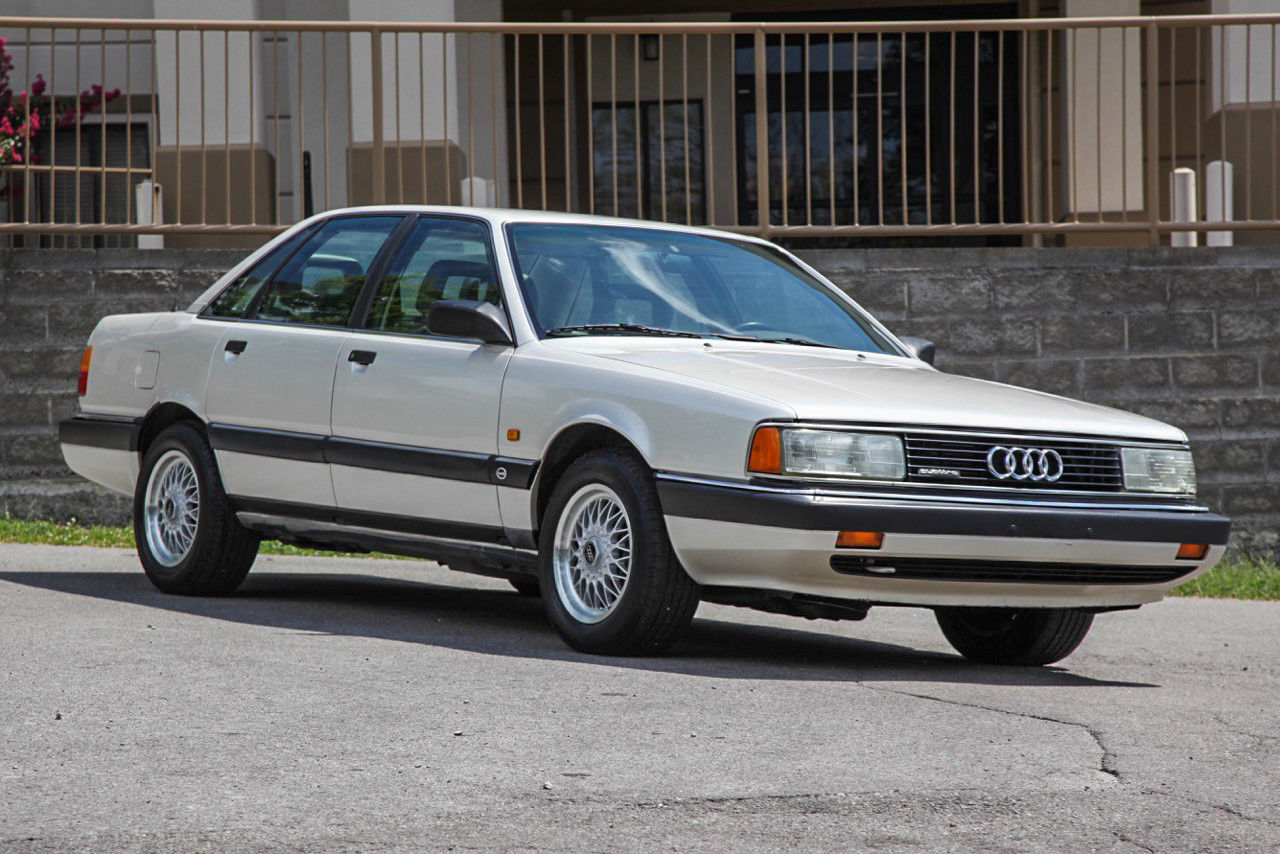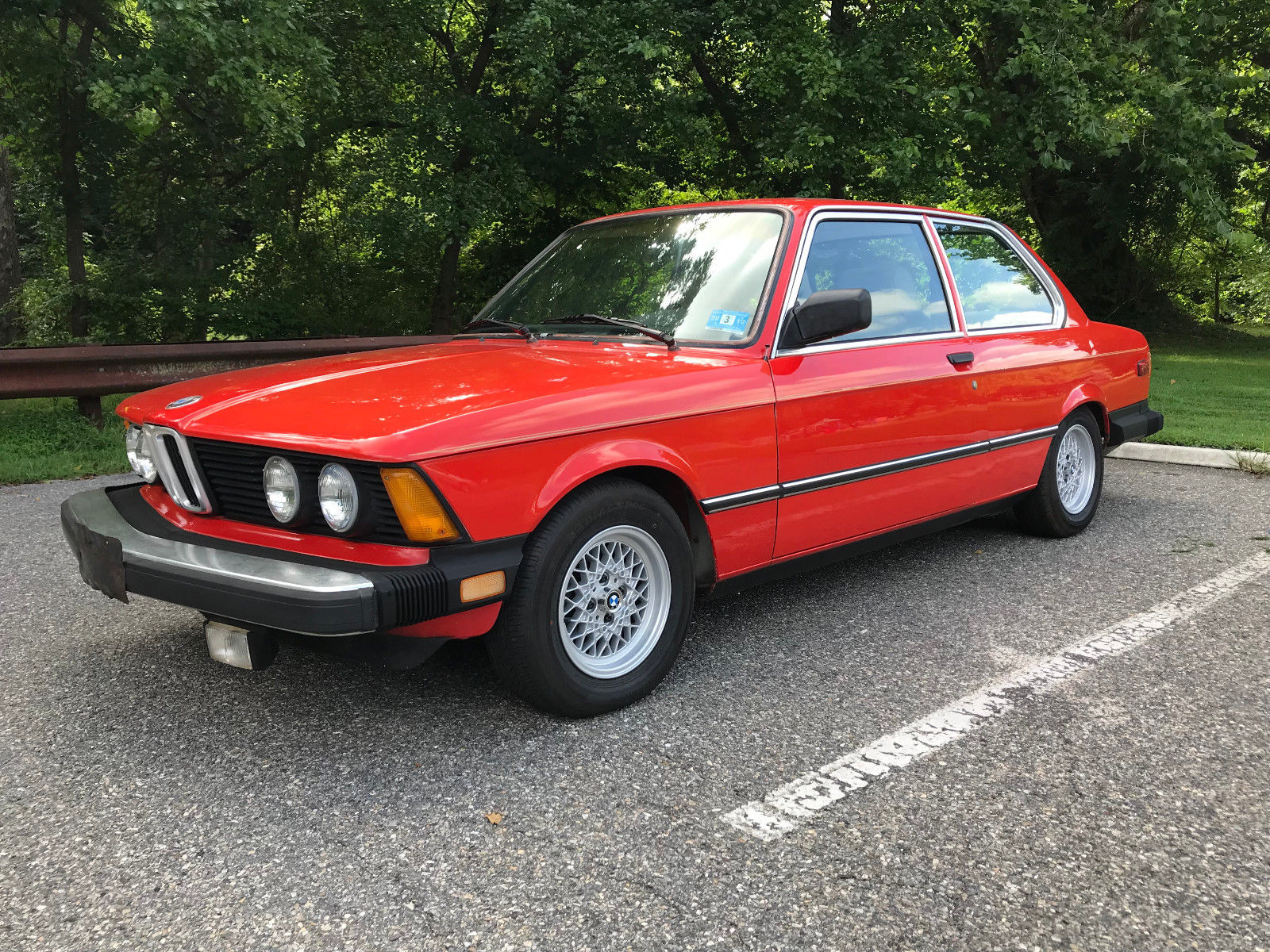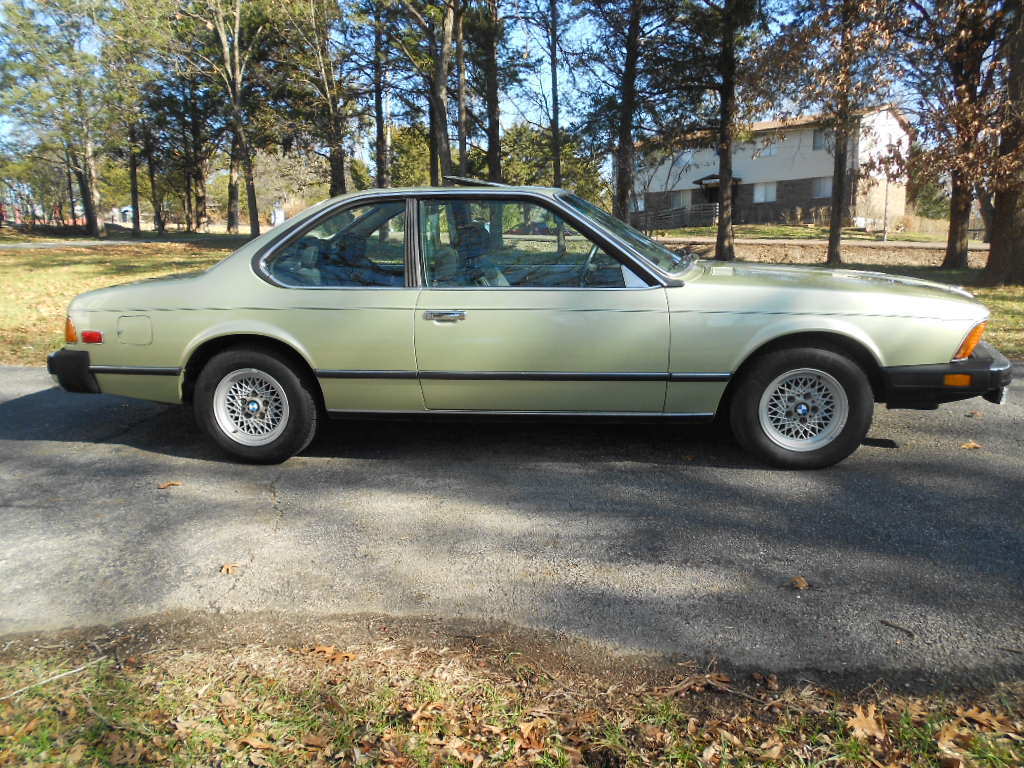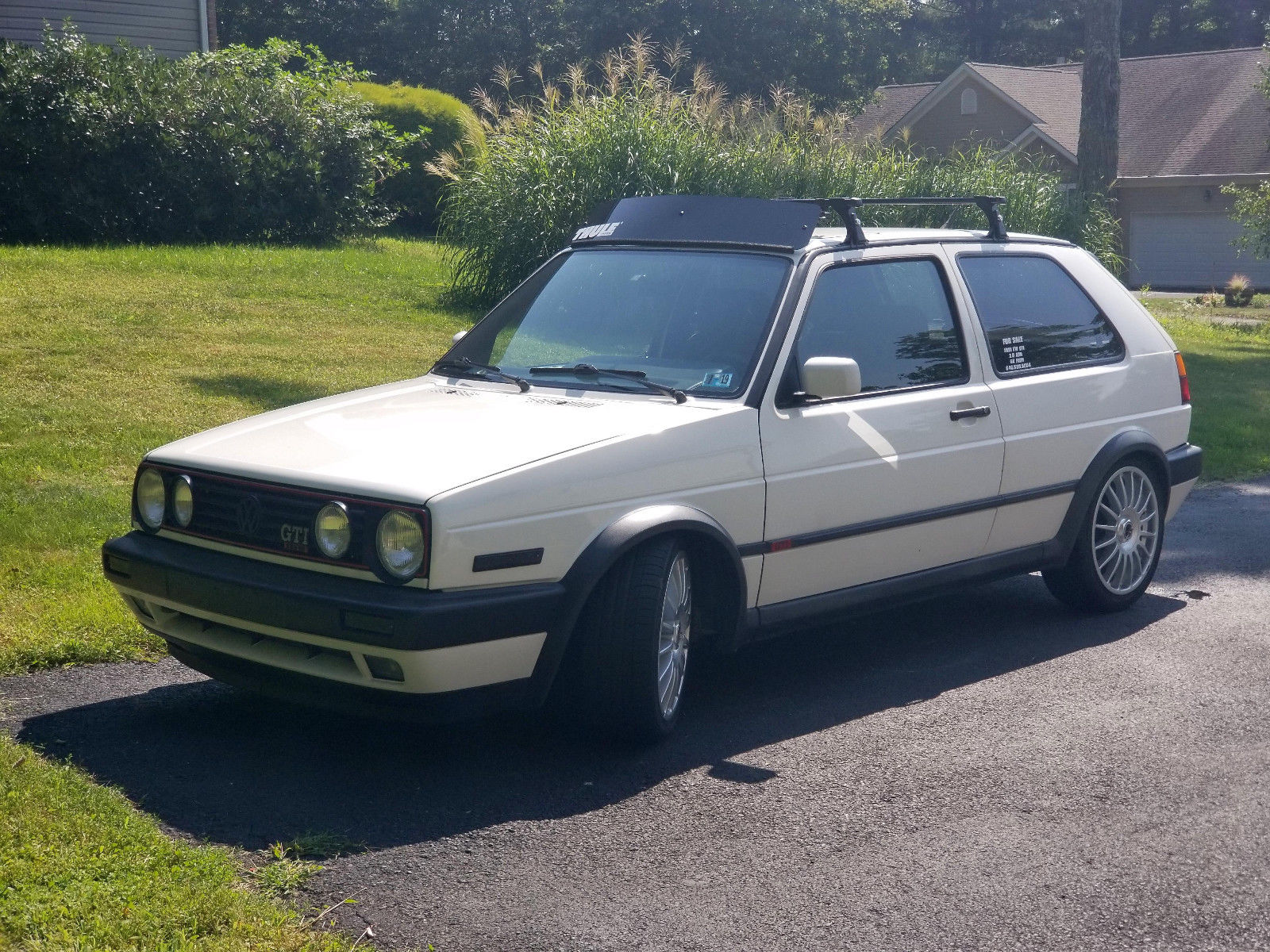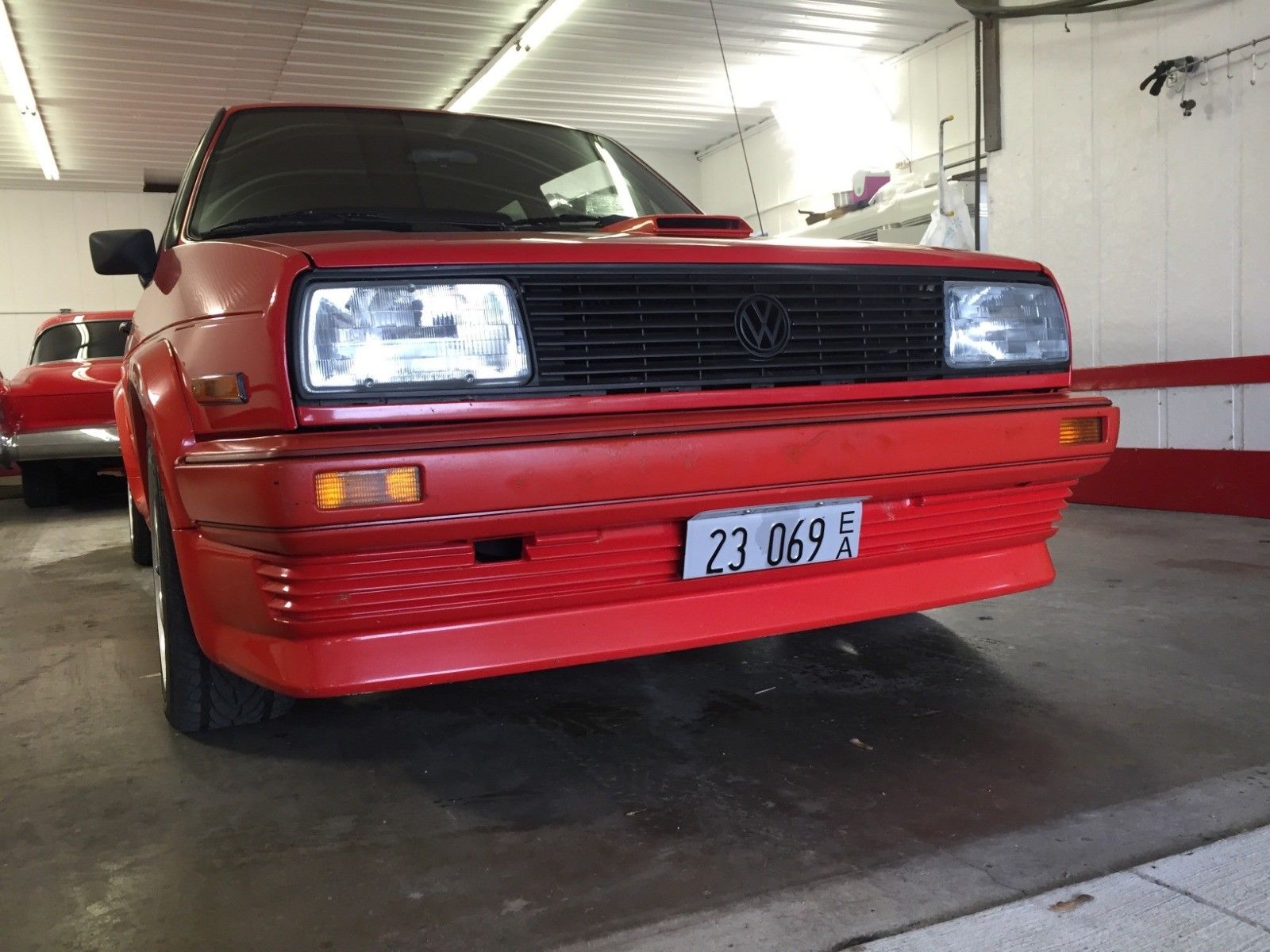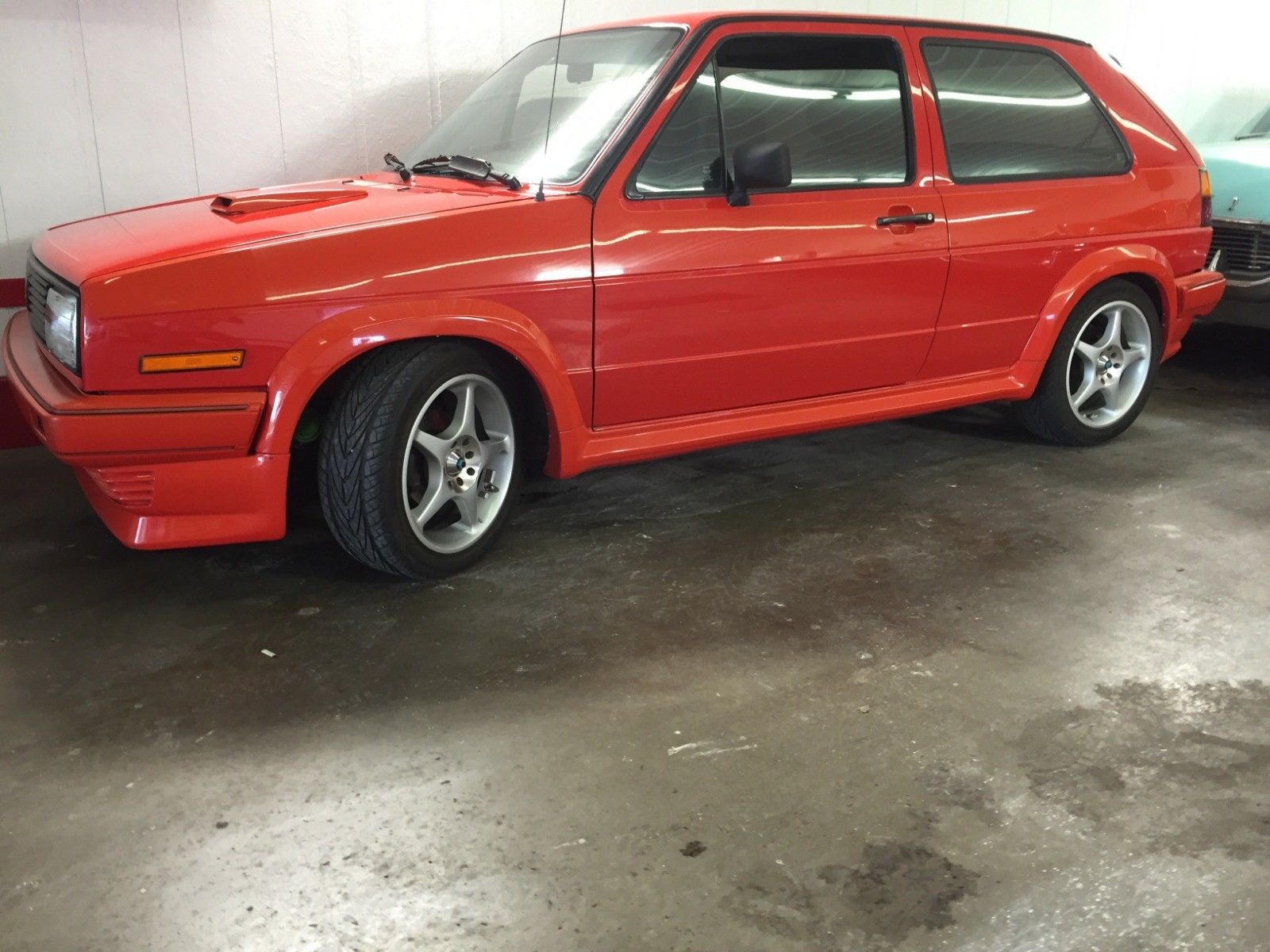Update 9/13/18: This 1991 Audi 200 20V quattro sold for $7,900
Although 60 Minutes had disasterous effects on its U.S. sales, the confabulation by the television program failed to halt Audi’s rapid developments in the late 1980s. First to launch was the V8 quattro in 1988. Although we wouldn’t see the model emerge until late ’89 as a 1990 model year car, Europeans got a jump start on Audi’s top-tier luxury performance sedan. However, Audi simultaneously upgraded the 200 model with a new performance version, and in 1989 launched the DOHC 20V version of the model. This car sat in between the V8 and normal 200, with the familiar 2.2 liter turbocharged inline-5 just where you’d expect it but now with more spunk. Producing 217 horsepower and 228 lb.ft of torque, it was down on grunt to the PT V8’s 240/258. However, at 3,350 lbs, it was also down on weight nearly 600 lbs and equipped solely with a 5-speed manual, and consequently the 200 20V could scoot to 60 in around 6.5 seconds and the boost didn’t run out until 150 mph. The V8 and 200 20V shared some bits, such as the front “UFO” floating rotor design, forged 7.5″ BBS wheels and some interior trim, as well as the obvious body similarities. However, the two cars had remarkably different character and driving styles thanks to their drivetrain and engine differences.
Both have become hard to find in today’s market; the V8 because of expensive repairs, and the 200 because of scarcity and parts pilfering. Because the 3B came only in the 200 to these shores, plenty have been used as a basis to build S2 clones or upgrade an older 4000 quattro chassis. Audi claims they built a total of 4,767 sedans and 1616 Avants worldwide, Audi sold around 1,200 total 200 20Vs here, with the vast majority being sedans like today’s example:

